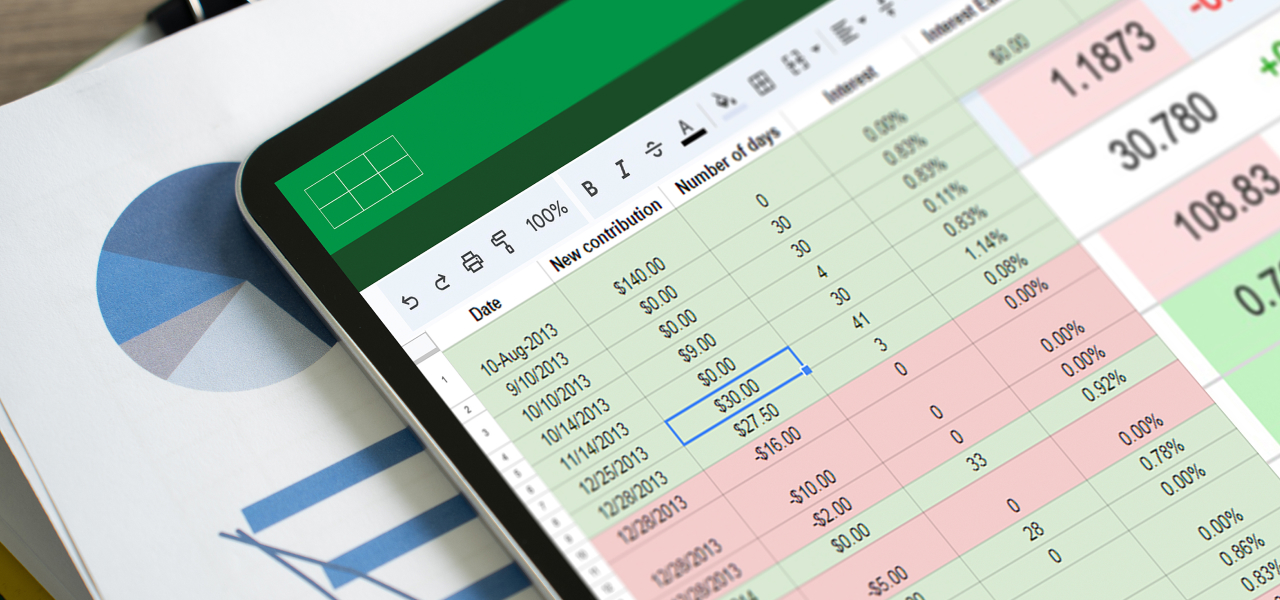Wealth management software is the unsung hero of finance—quietly competent, occasionally overlooked, but indispensable when chaos strikes. Imagine Elon Musk’s family office, Excession LLC, juggling assets worth more than the annual output of Croatia. Clunky spreadsheets and guesswork won’t cut it. It’s a world where software must track SpaceX equity dips, Tesla’s market tantrums, and the gravitational pull of a single tweet on crypto markets.
Common Challenges in Wealth Management Software
Lack of Integration and Data Sharing
Data silos are the kryptonite of modern wealth management. For firms like Excession LLC, managing Musk’s kaleidoscope of assets—private ventures, real estate, Dogecoin whims—requires systems that speak the same language. Yet, Deloitte reports wealth managers waste 30% of their week playing data janitor, scrubbing spreadsheets instead of strategizing. The challenges multiply when data is stored in disparate formats, turning every consolidation attempt into an IT nightmare. Worse, fragmented systems often lead to incomplete or inaccurate insights, creating blind spots in decision-making.

The antidote? Open APIs, the polyglots of tech, which standardize data and act as bridges between previously isolated systems. This integration eliminates inefficiencies, ensuring client data is comprehensive, accurate, and ready to fuel better investment strategies. By adopting these tools, wealth managers gain access to a seamless flow of information—no more guessing which asset is hiding behind column Z of spreadsheet #47.
Limited Automation and Efficiency
Manual processes are the horse-drawn carriages of finance. For example, BlackRock’s AI now automates tax-loss harvesting with the grace of a chess grandmaster, slashing costs by 30%. But automation’s benefits extend far beyond portfolio management. Repetitive tasks like client reporting, compliance checks, and even cash flow modeling are ripe for AI-powered upgrades.
Automation isn’t about replacing humans. Free them to tackle Mars-sized problems, like optimizing liquidity when markets zig instead of zag, and you’ll be miles ahead of your competition. Firms integrating machine learning models see fewer errors, faster workflows, and more time to focus on higher-level strategies—because no one went into wealth management dreaming of endless spreadsheets and manual data reconciliation.
Inadequate Security Measures
Cyberattacks drain $5.97 million per breach from financial firms. For those guarding Musk-level fortunes, a security lapse isn’t a hiccup. It’s a SpaceX launchpad explosion. Over 60% of financial institutions experienced cyberattacks in 2021 alone, underscoring the magnitude of this threat.
Modern solutions deploy AI that sniffs out threats faster than a Tesla autopilot avoids collisions. Intrusion detection systems flag suspicious activity, while multi-factor authentication and end-to-end encryption safeguard data like a digital Fort Knox. Cloud platforms like AWS GovCloud add extra layers of security by reducing reliance on vulnerable on-premises hardware. And let’s not forget the basics: regular testing and timely updates patch vulnerabilities before cybercriminals can exploit them.
This isn’t just security; it’s a fortress designed to stand up to the most sophisticated digital sieges. Wealth management firms that neglect this investment risk not just their data, but their clients’ trust—and that’s a breach no firewall can repair.
Innovative Approaches to Maximize Client Outcomes

Holistic Wealth Management Software
Holistic wealth management is less about zen and more about NASA-level orchestration. J.P. Morgan’s software updates portfolios in real time, tracking Bitcoin’s mood swings and SpaceX valuations like a hawk eyeing prey. Tools like Envestnet’s Yodlee predict liquidity needs with 92% accuracy—essential when your client’s cash flow rivals Musk’s pivot speed from rockets to social media.
But it doesn’t stop there. A comprehensive understanding of a client’s financial situation demands software that integrates data from all sources into a unified general ledger. Continuous accounting ensures financial data stays current, eliminating lags that can lead to costly missteps. Up-to-date information fuels better decisions, while predictive analytics goes a step further, delivering personalized recommendations tailored to a client’s goals and risk tolerance.
In today’s market, a unified ledger isn’t a nice-to-have—it’s the financial equivalent of a Falcon 9 landing. Add predictive analytics, and wealth managers can chart trajectories as precise as a SpaceX launch. While alchemy remains elusive, these tools get you as close as it gets to turning lead into gold.
Interactive and Engaging Client Experience
Today’s clients want a cockpit, not a spreadsheet. Morgan Stanley’s platform lets users simulate scenarios like a Twitter ad revenue crash or a Neuralink IPO windfall. It’s wealth management as a choose-your-own-adventure novel, where clients tweak portfolios like engineers adjusting a rocket’s trajectory.
Investor portals are stepping up their game, providing immersive, user-friendly interfaces that cater to individual client needs. Clients now enjoy the luxury of accessing their portfolios, investment performance, and financial reports in real time—whether they’re in Manhattan or Mars Base Alpha. These platforms are built for flexibility, letting clients view investment details, adjust portfolios, and interact with tools that provide feedback and updates to their wealth manager.
Seventy-eight percent of ultra-high-net-worth individuals now demand real-time dashboards. This isn’t just convenience; it’s empowerment. Technology has transformed wealth management into a mobile, customizable experience where transparency isn’t a trend—it’s a mandate.
Proactive Risk Management
Cloud-based risk tools are the seatbelts of finance. SEI’s platform stress-tests portfolios against everything from regulatory tsunamis to meme-stock tornadoes. Rockefeller Capital slashed cyberattack response times to 2.4 hours post-cloud migration—a feat akin to patching a rocket mid-flight.
But there’s more to the story. Cloud-based wealth management solutions don’t just bolster security—they redefine it. With encryption, real-time intrusion detection, and disaster recovery protocols, these platforms ensure client data stays protected, even under the most intense digital sieges. Cloud backups mitigate risks of data loss or system failures, while scalability allows firms to handle growing client portfolios with ease.
Predictive modeling adds another layer, enabling wealth managers to forecast potential risks and proactively mitigate them before they impact client outcomes. For firms like Excession LLC, this isn’t about dodging bullets. It’s about building portfolios as resilient as a Starship prototype—ready to handle turbulence while staying on course to meet client goals.
Conclusion
Elon Musk didn’t colonize industries by clinging to the status quo. He built reusable rockets, brain chips, and cars that double as rolling memes. Wealth management software is no different. The tools that matter—AI that thinks, APIs that unite, encryption that defies hackers—are more than upgrades. They’re the scaffolding for fortunes as vast and volatile as Musk’s own. Stagnation? That’s for those still using abacuses. The future belongs to those who code like they’re launching rockets—boldly, precisely, and with zero room for error.








